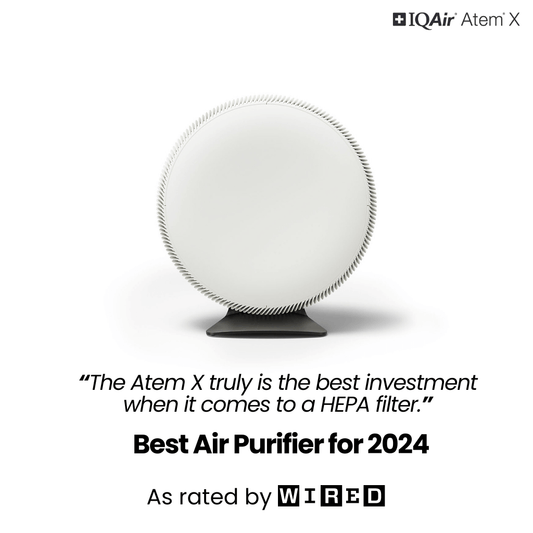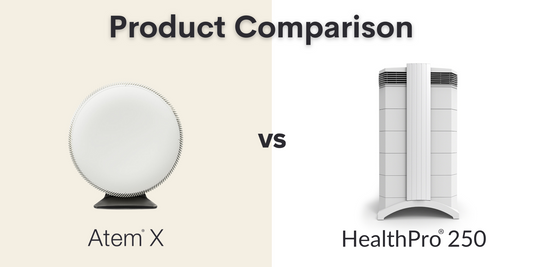Environmental control (EC), also known as allergy avoidance, is a powerful tool in the management of allergy. But, for environmental control to be successful, people with allergies must know what measures to take. In a letter to the Journal of Allergy and Clinical Immunology a group of allergy specialists in the United States reported on a survey on attitudes towards environmental control revealed by a survey sent to members of the American Academy of Asthma, Allergy and Immunology.
Allergists Attitude towards Environmental Control
Sixty per cent of respondents believed that environmental control was as important as medication in the management of allergic rhinitis and asthma but less so in atopic dermatitis. Three-quarters of the allergists spoke to patients about environmental control at each consultation, while two-thirds provided educational material on environmental control at each visit. Suprisingly perhaps, only 25 per cent advised patients to avoid second-hand smoke. Most of the allergists said they handed out catalogues of environmental control products to patients. It is interesting to see the different environmental control measures recommended for each allergen, and the percent of respondents mentioning them, as follows:
Dust mite allergen/(%)
- Bedding encasements (97)
- Wash bedding weekly in hot water (91)
- Vacuum weekly with good-quality bags in allergy vacuum cleaner (63)
- Reduce indoor relative humidity (71)
- Replace carpet, upholstered furniture and draperies (68)
- Avoid living in basements (0)
Animal allergens/(%)
- Remove pet from house (77)
- Restrict pet to one area (0)
- Remove pet from bedroom (92)
- Use a good air purifier (61)
- Carpet and other reservoirs removed (1.25)
- Use of tannic acid (0.25)
- Wash pet (63)
Cockroach allergen /(%)
- Exterminate with pesticides (65)
- Wet washing home/vacuuming (65)
- Place trash outside the home nightly or daily (0.5)
- Wash dishes daily (0)
- Store food in sealed containers (78)
- Seal cracks and other portals of entry (37)
- Remove source of standing water (32)
Mould allergen/(%)
- Reduce spore infiltration by closing doors, windows and using air conditioning (0.5)
- Control of moisture by repairing leaks etc (96)
- Clean by applying mould spray, remove contaminated material (43)
- Use of high-efficiency air purifier (39)
- Proper maintenance of the heating, ventilation and air-conditioning system (0.75)
- Use of personal protective equipment (0)
Patients Practicing Environmental Control
The survey also asked about how good patients were at following the environmental control advice they were given. Three-quarters of the respondents were 'somewhat satisfied' with patient compliance and 17 per cent 'completely unsatisfied'. After education, the allergists believed that their patients implemented some, at least, of recommended environmental control measures. But 82 per cent of the allergists thought that only a few of their patients did all that was recommended to them. This agrees with a telephone survey of patients that was carried out in 2003 by the United States Environmental Protection Agency which found that less than 30 per cent of adult asthmatic patients or caregivers to children with asthma implemented some environmental control measures and only 7 per cent implemented all.
The Cost of Environmental Control
Environmental control is not perceived as being cost effective because the benefits are not seen immediately. Research has shown that the cost of environmental control ranges from $500 to $2,000 per person. But the investment can pay off in the long term if healthcare costs go down because of improvement in allergy symptoms.
Improving compliance with environmental control depends upon the measures being relevant to the patient's allergy, their understanding of this and of the importance of adherence. So, how can this be achieved? Clinical trials in the inner city have shown that training field health workers can play a role in educating patients. They can carry out an analysis of dust in the home and use this to develop a personalised plan to help children with allergies. Home visits and follow up telephone calls can help to implement, and sustain, these plans. A study from France suggests that a medical indoor environment counsellor (MIEC) was more successful in reducing indoor allergen levels with patients with asthma and allergic rhinitis than physician recommendation alone.
The authors consider that public health programmes on allergy management ought to consider using MIECs to assist in proper environmental control implementation. Counselling patients with allergy on environmental control takes time and expertise and this should be the responsibility, primarily, of the allergy specialist, even if they refer on to an MIEC. In summary, taking care of environmental control is worthwhile, because it improves clinical outcomes and is cost effective.
Source: Brandt DM et al (2008). Allergists' attitudes toward environmental control: Insights into its current application in clinical practice. Journal of Allergy and Clinical Immunology 1053-1054




